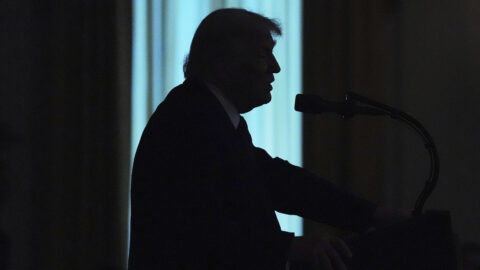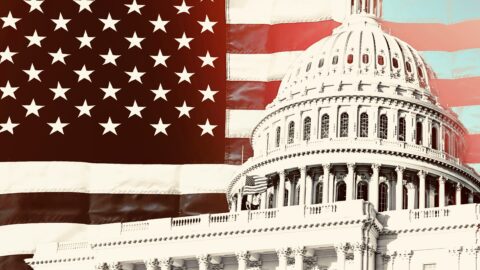Articles about “USA”
The United States – a country in transition?
About a year after Donald Trump was elected US president, it is clear that his second term in office will bring many changes to the US – from numerous regulations to an aggressive tariff policy. The effects of these measures are being felt in many areas. Where are the United States heading?

US attack on Iranian nuclear facilities
Last weekend, US fighter jets and submarines attacked three important nuclear facilities in Iran. The impact of the latest developments in the Middle East on the financial markets will depend primarily on Iran’s response and the associated development of oil prices.

Section 899: How Trump’s tax plans could affect international investors
With the ‘One Big Beautiful Bill Act’, US President Donald Trump wants to push through extensive tax cuts. Section 899, among others, is viewed critically. The passage could primarily affect foreign investors in the US and thus also weaken the US capital market.
What role will the dollar and US government bonds play in the future?
Against the backdrop of the debt debate in the US, yields on US government bonds have risen recently. Rising debt and political uncertainty are also weighing on confidence in the US dollar. Could the greenback even lose its role as the global reserve currency?

Trade conflict between the USA and China eases
The US and China have agreed to suspend high tariffs for 90 days. While the markets are reacting with relief, some uncertainties remain.
Trump on fire!
Donald Trump is getting serious and imposing temporary tariffs on his major trading partners. He is also escalating the war in Ukraine and increasing the pressure on Europe, which will hopefully soon be galvanized into unity with a new German Bundestag.


